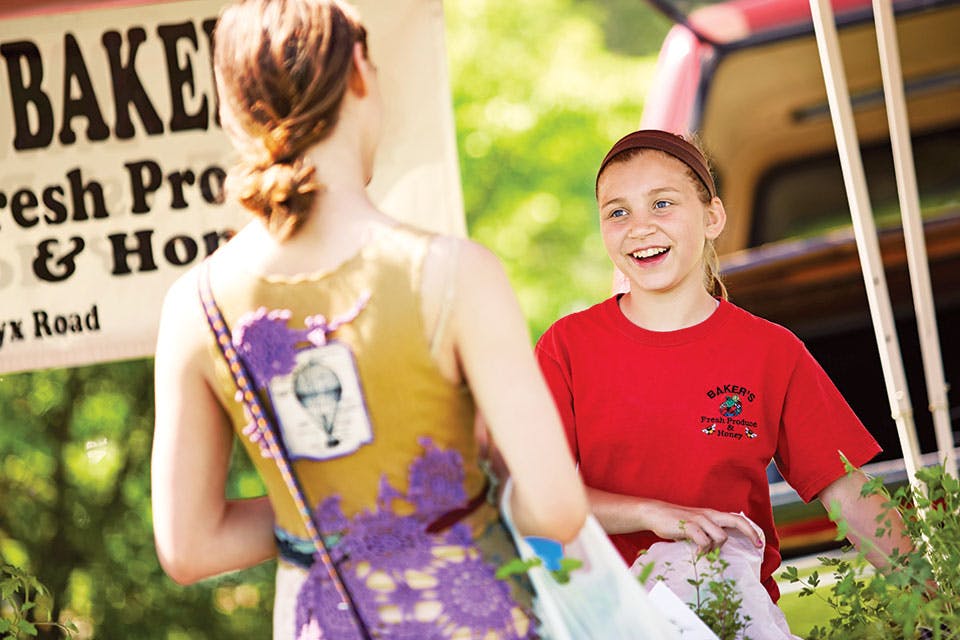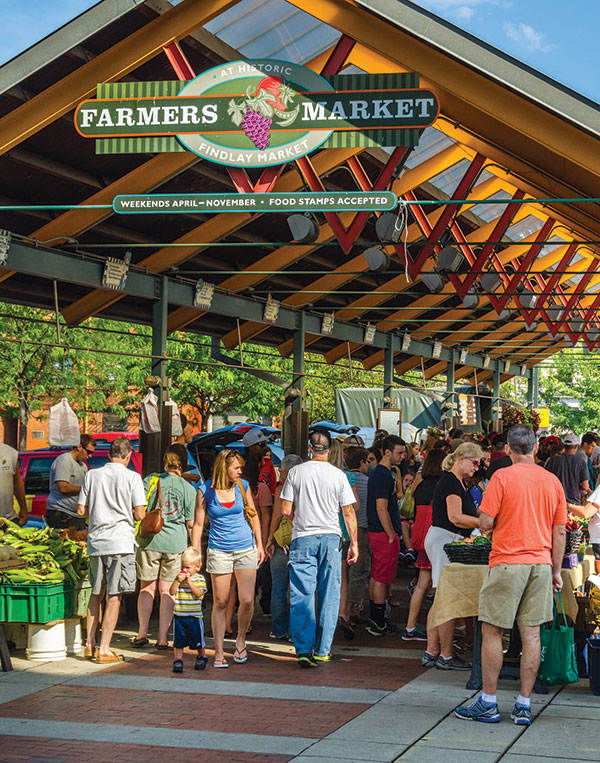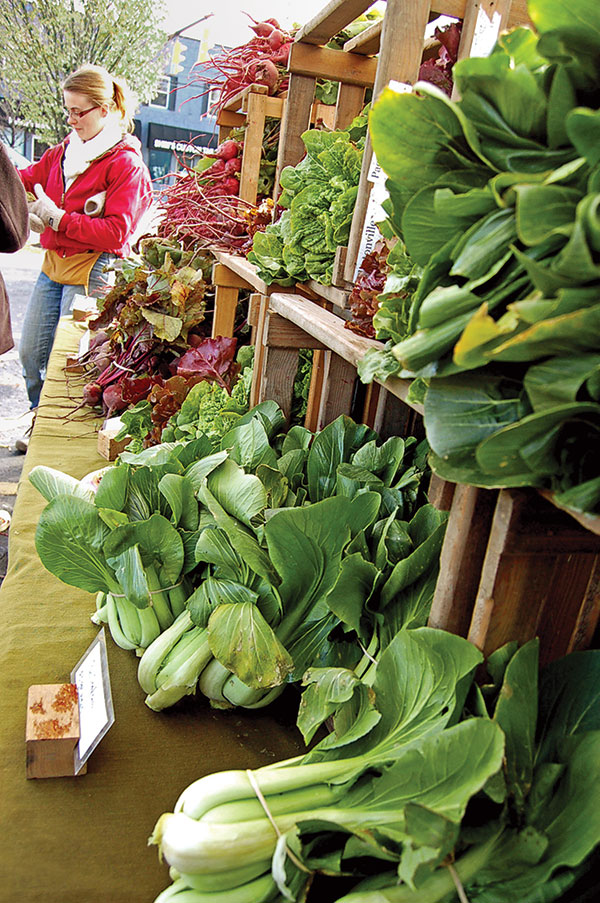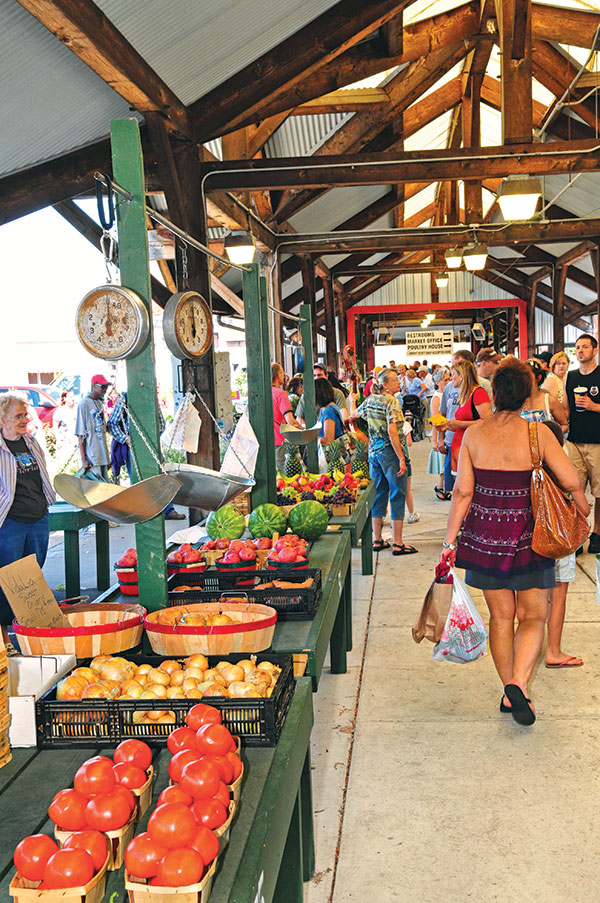Home + Garden
Homegrown Harvest
Farmers markets recall a time when we knew who grew our food. Summer offers the chance to go there again.
Related Articles
.jpg?sfvrsn=63bdb638_5&w=960&auto=compress%2cformat)
Enjoy Family Fun on the Farm in Lake County
Visit Lake Matroparks’ Farmpark on June 21 and 22 for Dairy Days, where kids can milk a cow, ride a pony and more. READ MORE >>

Ohio Farmer Lee Jones Appears in a New TV Series
“The Chef's Garden” from Rachel Ray and International Content’s Free Food Studios is set to premiere on the A&E network Jan. 27. READ MORE >>
.jpg?sfvrsn=99bc38_7&w=960&auto=compress%2cformat)
Revisiting Ohio’s Bygone Department Stores
Department stores once ruled the retail landscape with their wealth of offerings and festive approaches to the holidays. These four are long closed, but the memories of them still burn brightly. READ MORE >>







